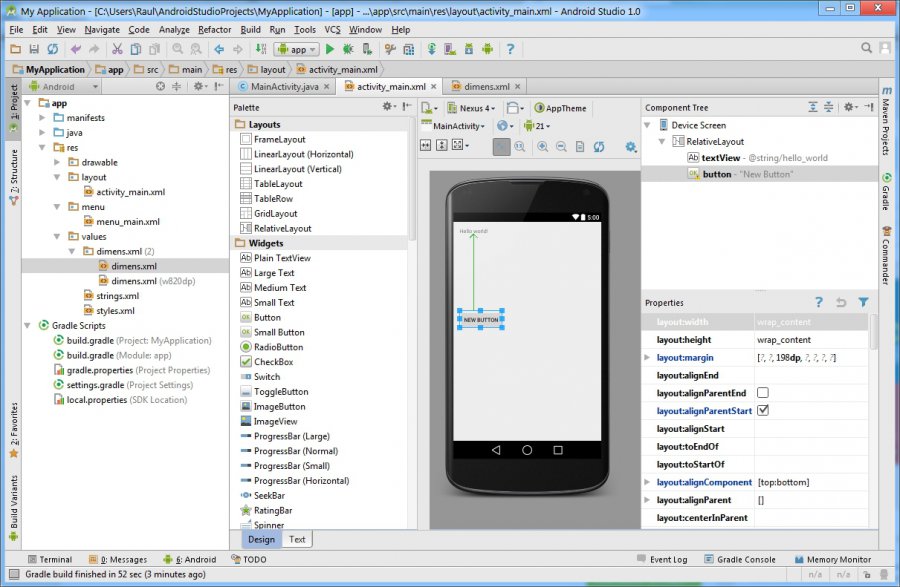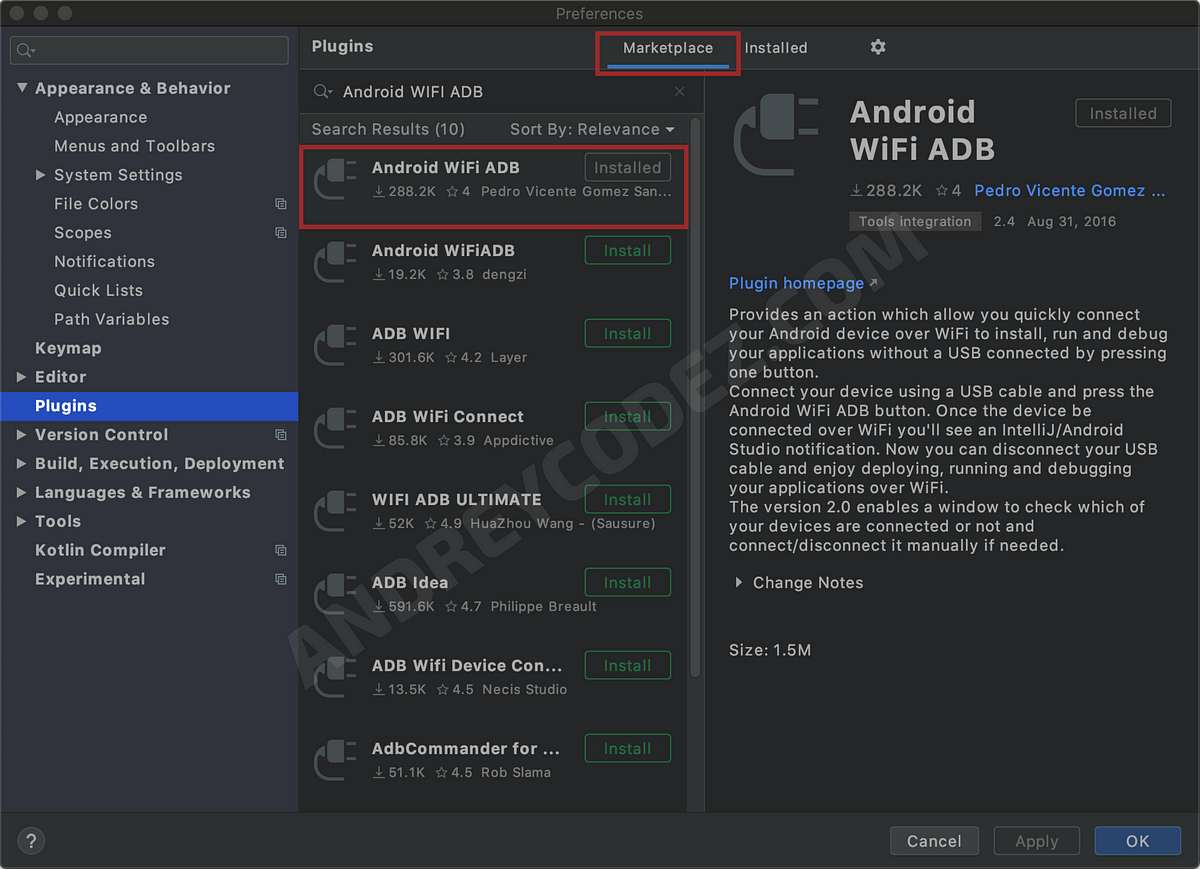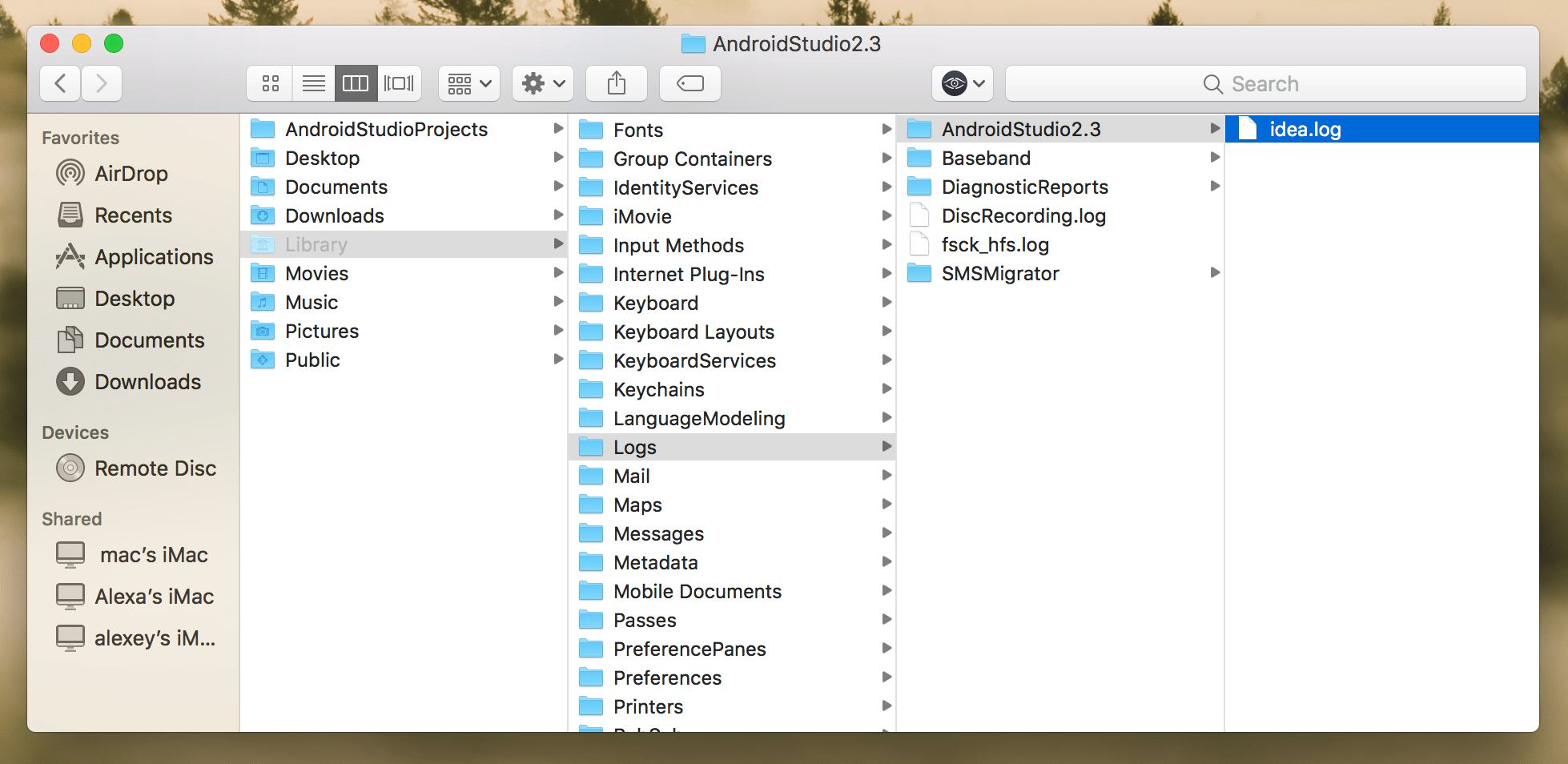


Android Virtual Device – Pixel 2 – Startup Screen Where in the Project do we mention “Hello, World!” text.? This is through the resource file, “activity_main.xml”, added in the Project. Notice that, it displays the “Hello, World!” message when we Run our Project and it displays in the center of the device.
LAUNCH ANDROID STUDIO MAC DRIVER
Please check with your manufacturer to see if there is an updated driver available. As a result, we’re selecting a compatibility renderer. Some users have experienced emulator stability issues with this driver version.
LAUNCH ANDROID STUDIO MAC UPDATE
You may see the below driver issue you can click OK to continue this for the moment or update with the compatible driver. It allows us to test the functionality, whether working fine in the Virtual Device. The Virtual Device will function as a normal Android Phone device. Android Emulator will be active and start emulating the Virtual Device and open the Project in the Virtual Device. Select the Virtual Device and click on the OK button.

Android Studio – Select Deployment Target The Virtual Device that we have created in our earlier Article, will display in the list. Android Studio will open the “ Select Deployment Target” dialog, and lists a list of Available Virtual Devices to allow us to select the deployment Target for our Project. Android Studio will start Running the Project. Select Run menu and then select “ Run ‘app’” menu item. Open our Project (which was built through my previous Article), in Android Studio. We will select this Virtual Device when we Run our Project.
LAUNCH ANDROID STUDIO MAC HOW TO
For this, we have created a Virtual Device through my previous Article, “ Android Studio : How to Create New Virtual Device? “. Now through this Article “Android Studio – Run Project”, I will explain how to Run the Project, and also fix some issues (if any) encountered during the Run Project.īefore we Run the Project, we must have a device to Deploy our Program. We have successfully completed the Project creation & the build was Successful. Every time hv_vm_create() runs, it returns an HV_ERROR.I have explained the steps to create an Android Project in Android Studio, in my previous Article “ Android Studio : Create Android Project “. The important part there is: HVF error: HV_ERRORĪfter searching a little big more I found a reddit post about virtual machines where states the hidden problem:Īpple won’t let the QEMU binary run with -accel hvf unless the binary is signed. Qemu-system-x86_64: Back to HAX acceleratorĮmulator: INFO: GrpcServices.cpp:301: Started GRPC server at 127.0.0.1:8554, security: Local HAX is working and emulator runs in fast virt mode. Qemu-system-x86_64: failed to initialize HVF: Invalid argument HandleCpuAcceleration: feature check for hvfĬannot add library /Users/saninn/Library/Android/sdk/emulator/qemu/darwin-x86_64/lib64/vulkan/libvulkan.dylib: failedĪdded library /Users/saninn/Library/Android/sdk/emulator/lib64/vulkan/libvulkan.dylib This was the output emulator: Android emulator version 30.5.5.0 (build_id 7285888) (CL:N/A) Since I did not knew what was trigger the problem I went to where the emulator executable is in my mac: ~ /Library/Android/sdk/emulator and I started the emulator manually with./emulator -avd Pixel_3a_API_30.


 0 kommentar(er)
0 kommentar(er)
